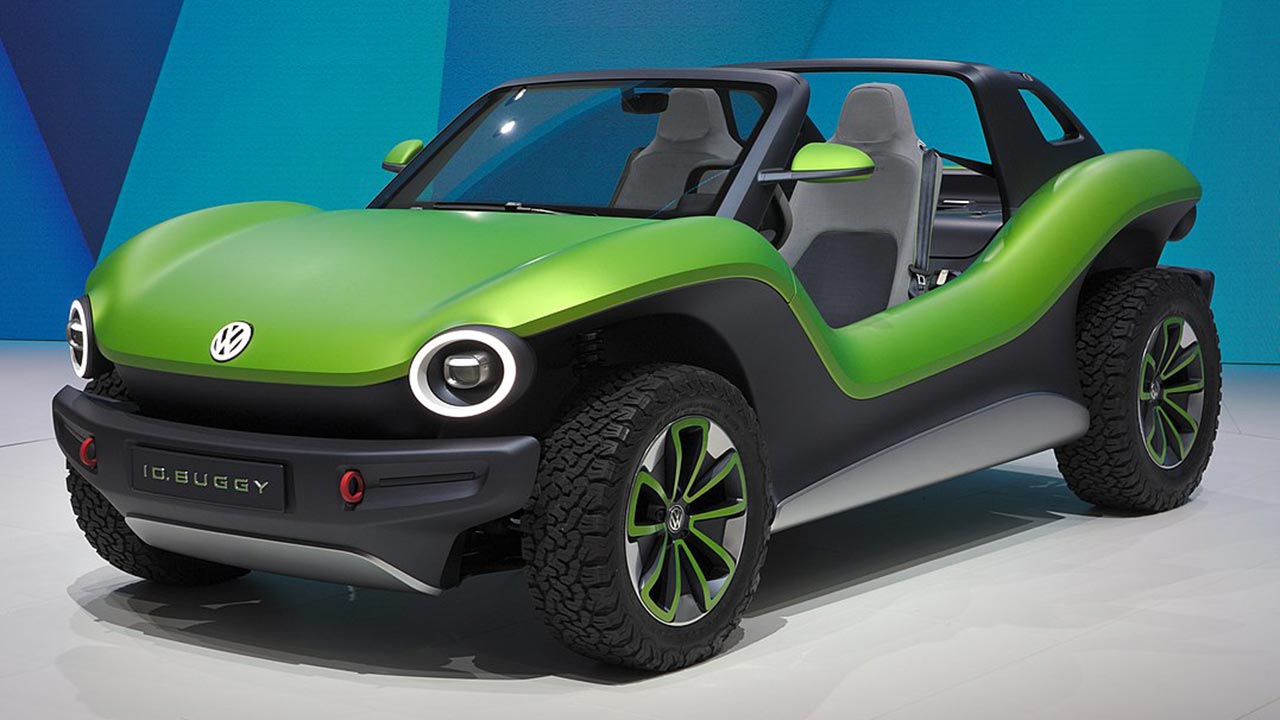
As the automotive industry continues to evolve, electric vehicles (EVs) are at the forefront of the transition to sustainable transportation. While fully electric vehicles are gaining popularity, several types of EVs still rely on gasoline for various reasons. Understanding these vehicles and their gas usage helps us comprehend the diverse landscape of modern car technology and its implications for consumers and the environment.
Plug-in Hybrid Electric Vehicles (PHEVs): Bridging the Gap

Plug-in Hybrid Electric Vehicles, or PHEVs, offer a practical solution for those not ready to commit fully to an electric vehicle. These cars combine an internal combustion engine with an electric motor, allowing drivers to switch between gas and electric power. The electric motor is charged via an external power source, providing a limited all-electric range before the gasoline engine kicks in. This dual capability makes PHEVs a versatile choice for daily commutes or long-distance travel.
For consumers, the allure of PHEVs lies in their fuel efficiency and reduced emissions compared to traditional vehicles. However, their reliance on both fuel types means they don’t completely eliminate greenhouse gas emissions. Despite this, they provide a significant stepping stone towards a more sustainable future by reducing dependency on gasoline.
Range-Extended Electric Vehicles (REEVs): The Best of Both Worlds
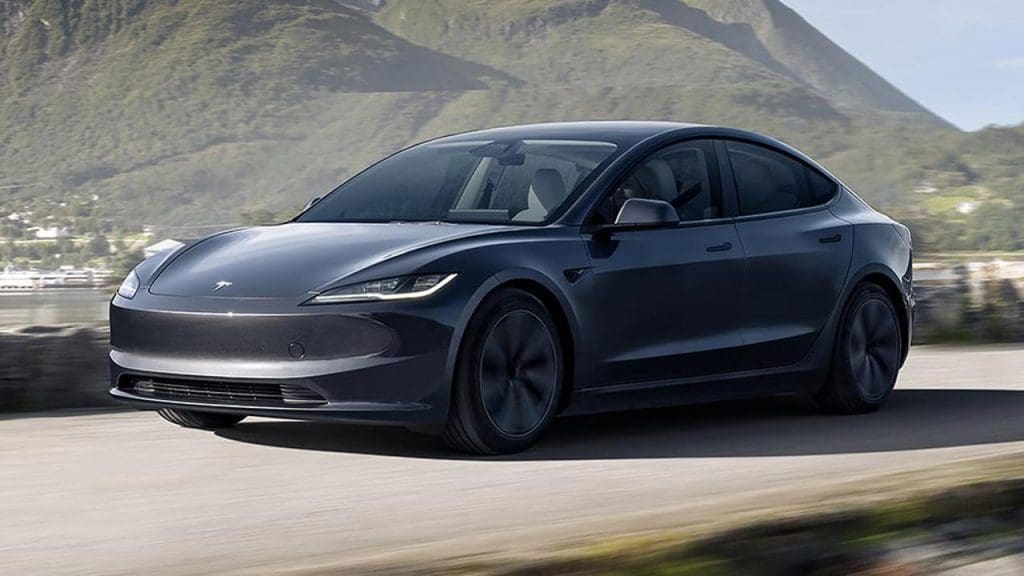
Range-Extended Electric Vehicles (REEVs) are designed to address the range anxiety often associated with fully electric cars. These vehicles primarily operate on a battery-powered electric motor but include a small gasoline engine that generates electricity to recharge the battery when needed. This setup effectively extends the driving range beyond what the battery alone can offer.
REEVs offer the convenience of electric driving with the peace of mind of a conventional fuel backup. While the gasoline engine is not used directly to power the wheels, its presence ensures that drivers aren’t left stranded when battery power runs low. This configuration makes REEVs an attractive option for those who desire the benefits of electric driving without the limitations of range.
Mild Hybrids: The Subtle Gas-Assist
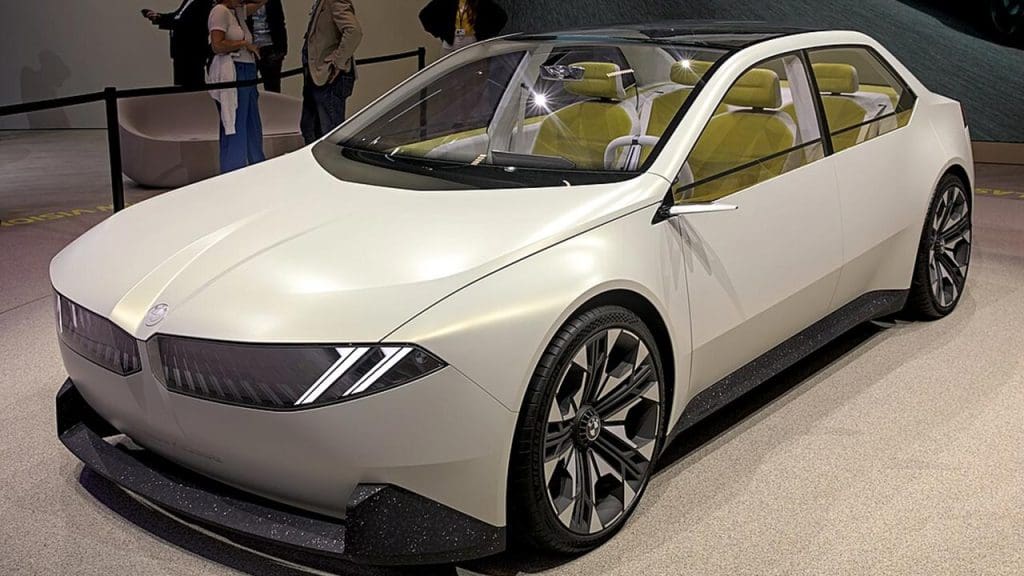
Mild hybrids are a less aggressive approach to hybrid technology. They use an electric motor to assist the gasoline engine, primarily during acceleration and idling, to improve fuel efficiency. Unlike full hybrids, mild hybrids cannot run on electricity alone. Instead, they provide a slight boost to the engine, optimizing overall performance and reducing fuel consumption.
These vehicles are often seen as a transitional technology, offering a moderate improvement in fuel economy without the need for significant changes to driving habits. By lowering emissions and enhancing efficiency, mild hybrids contribute to the shift towards greener automotive solutions, albeit in a more subtle manner compared to their fully hybrid counterparts.
Dual-Fuel Systems: Flexibility in Fuel Choices
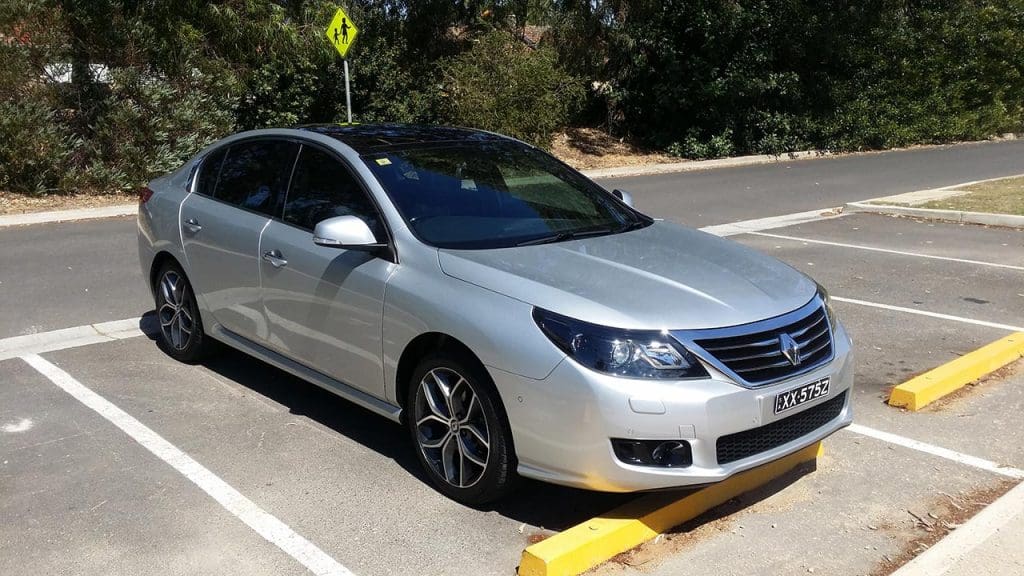
Dual-fuel systems provide drivers with the flexibility to choose between gasoline and an alternative fuel source, such as compressed natural gas (CNG) or liquefied petroleum gas (LPG). These systems allow vehicles to switch between fuel types, optimizing cost and efficiency based on availability and price. This adaptability makes dual-fuel vehicles appealing in regions with varying fuel infrastructure.
While dual-fuel systems don’t eliminate gasoline use, they offer an avenue for reducing reliance on fossil fuels by incorporating alternative energy sources. This flexibility can lead to lower emissions and cost savings, making it an attractive option for environmentally conscious consumers looking to balance performance and sustainability.
Gasoline-Powered Auxiliary Systems: Supporting the EV Ecosystem
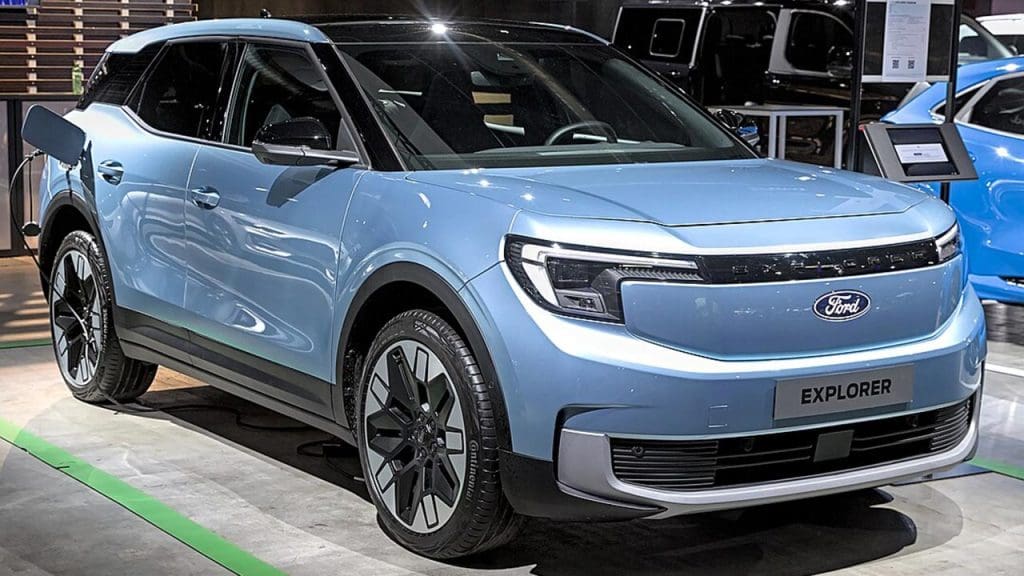
Some electric vehicles incorporate gasoline-powered auxiliary systems to enhance functionality and convenience. These systems typically serve secondary roles, such as powering a heating system in cold climates. By using a small amount of gasoline for specific functions, these vehicles maintain the primary electric drive system’s integrity while providing additional comfort or capability.
While the presence of gasoline-powered systems may seem counterintuitive in an electric vehicle, they play a crucial role in expanding the practicality and usability of EVs in diverse environments. This approach highlights the ongoing innovation in the EV sector, striving to balance electric efficiency with the reliability and comfort consumers expect.